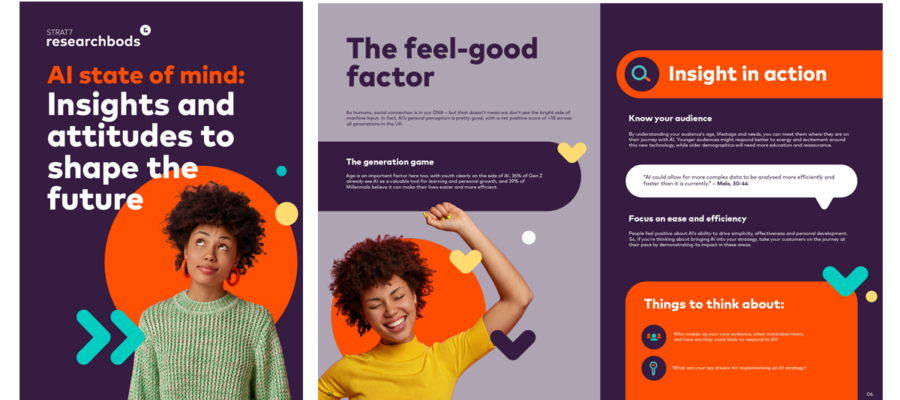The customer closeness paradox
There’s a certain cognitive dissonance to be felt at the moment, as customer closeness and empathy continue to be an important strategic goal and challenge for so many brands, whilst customer insight gathering is increasingly ‘at arm’s length’ due to increased automation, tech-led analysis, summarisation and so on. How do we stop those interactions and human-truths that we know can be so meaningful, resonant, and powerful (linking back to activation) slipping away from us, in the face of shrinking client-side resource, budget cuts and time-pressure for results? Video alone is not enough. While it can play a part, it lacks the human empathy of face-to-face interactions. After four years of video calls and remote working, who among us isn’t already screen-jaded? As with activation, we hope to see creative discussions on effective, cost-efficient, and deeply human methods of staying connected with the people who matter most – our customers.
We’ll be checking back in the next 6-12 months to see how accurate we were, but we would love to hear your thoughts in the meantime.
Authors
Sarah Askew, Innovation Director
Email | LinkedIn
Charlotte Moody, Managing Director
Email | LinkedIn


